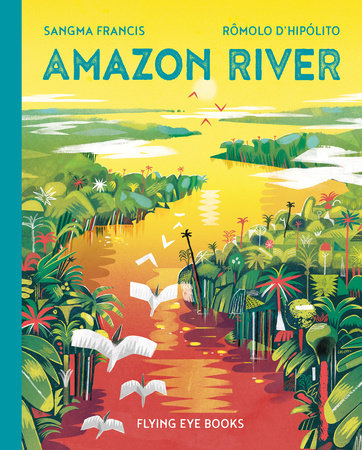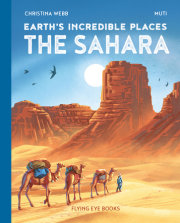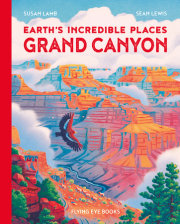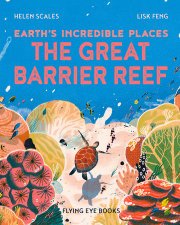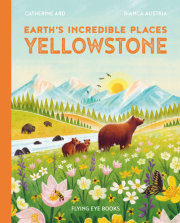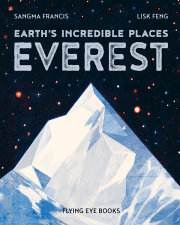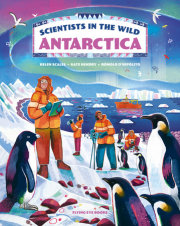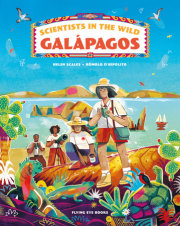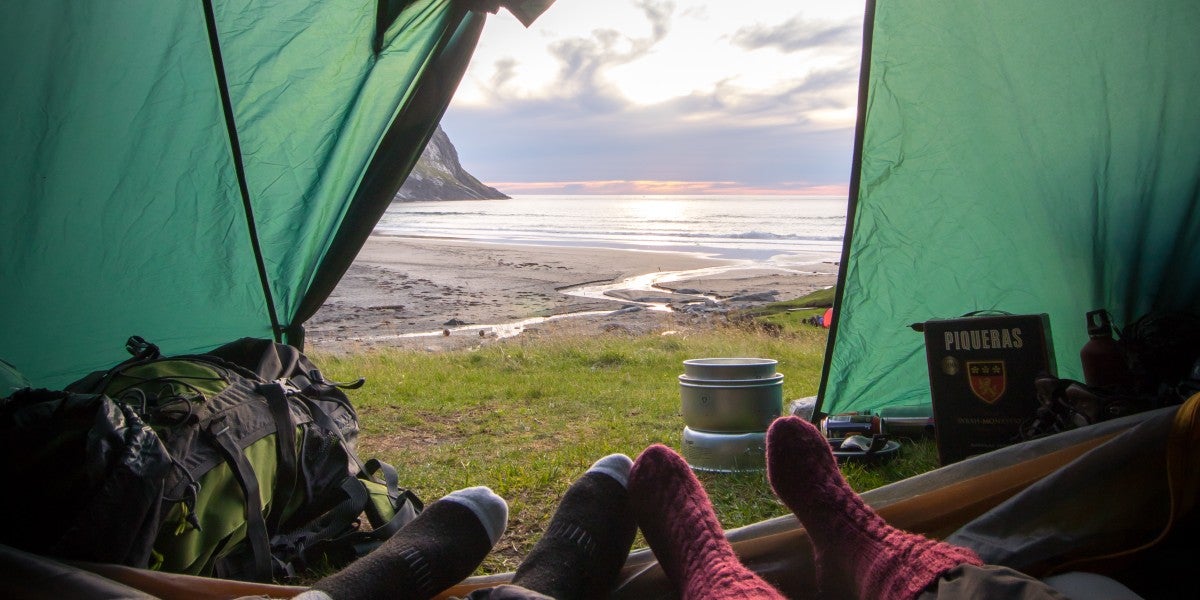INTRODUCTION
High up in the Andes mountains of South America, a drop of water wells up from the ground. It collects and glistens downwards, cu‹ing along the side of mountains. It joins larger streams, weaves and washes through overgrown forests. Finally, aŽer traveling for thousands of miles, it ends at the sea.This is a story that has a tiny beginning and a mighty end! The Amazon River is a place where pink dolphins swim, manatees have been mistaken for mermaids, where fish eat flesh, and meadows float. It is the story of a body of water that connects each tiny thing in the great rainforest around it, the most biodiverse place on Earth. Like a drop of water, together we will dip, flow, crash, and slide into pages of animals, insects, trees, and people that all use the river in different ways. We will discover the importance of the river and all that surrounds it. Welcome to Nature’s palace.
THE AMAZON BASIN
The land around the river network is called a basin. The Amazon basin is the world’s largest river basin at over 2.4 million square miles. Across such an enormous amount of space, the water can be very different from one place to another. Different types of water will be more a‹ractive to different flowers and birds, trees and insects, fish and mammals.
HOW LARGE IS LARGE? The Amazon is the world’s largest river. It stretches across seven countries and is 4,000 miles long. Around it grows the world’s largest rainforest, which greedily devours the river’s water. When we say the Amazon is the world’s largest river, it means it pumps out the most water.
TRIBUTARIES Every river is made from a network of smaller rivers called tributaries. This tangled collection of waterways makes a network. The Amazon has over 1,100 tributaries, which flow to its main trunk. Tributaries can be tiny streams, barely visible from afar, or they can be huge in their own right.
WHERE DOES IT ALL START? Once upon a time, expeditions tried to follow the river back to its source by walking along the riverbank. Now, using satellites, we can map river systems. Yet we still don’t know where it all starts! Not only is the Amazon huge, there are different ideas about what we can call a source. A river can be measured from the first trickle of water to join it, or the first tributary with a constant flow all year round. Since some dry up in summer, the source is still a source of disagreement.
Copyright © 2023 by Sangma Francis. All rights reserved. No part of this excerpt may be reproduced or reprinted without permission in writing from the publisher.





